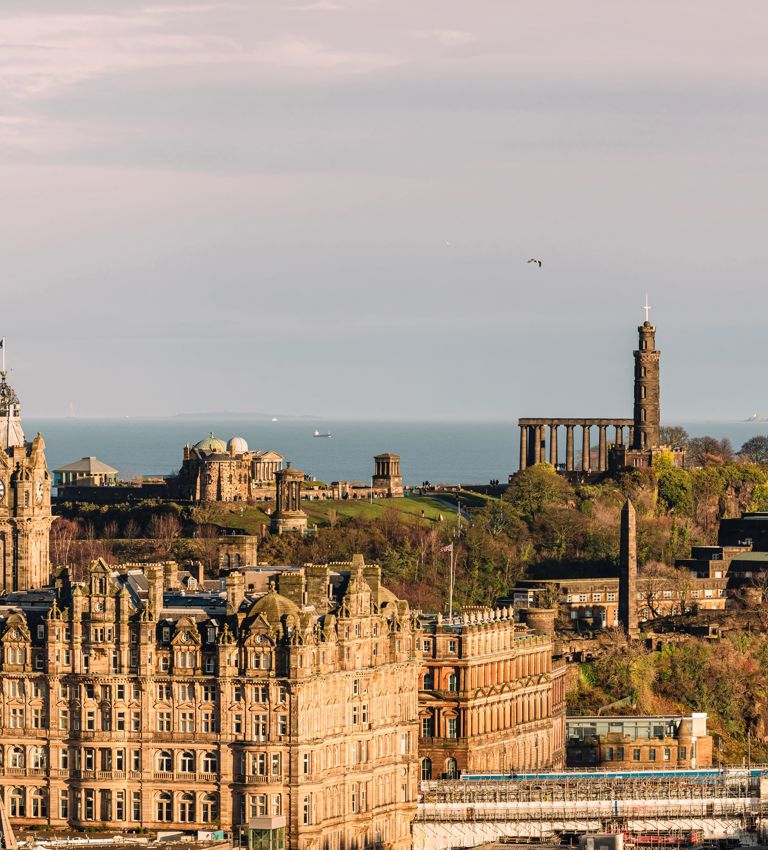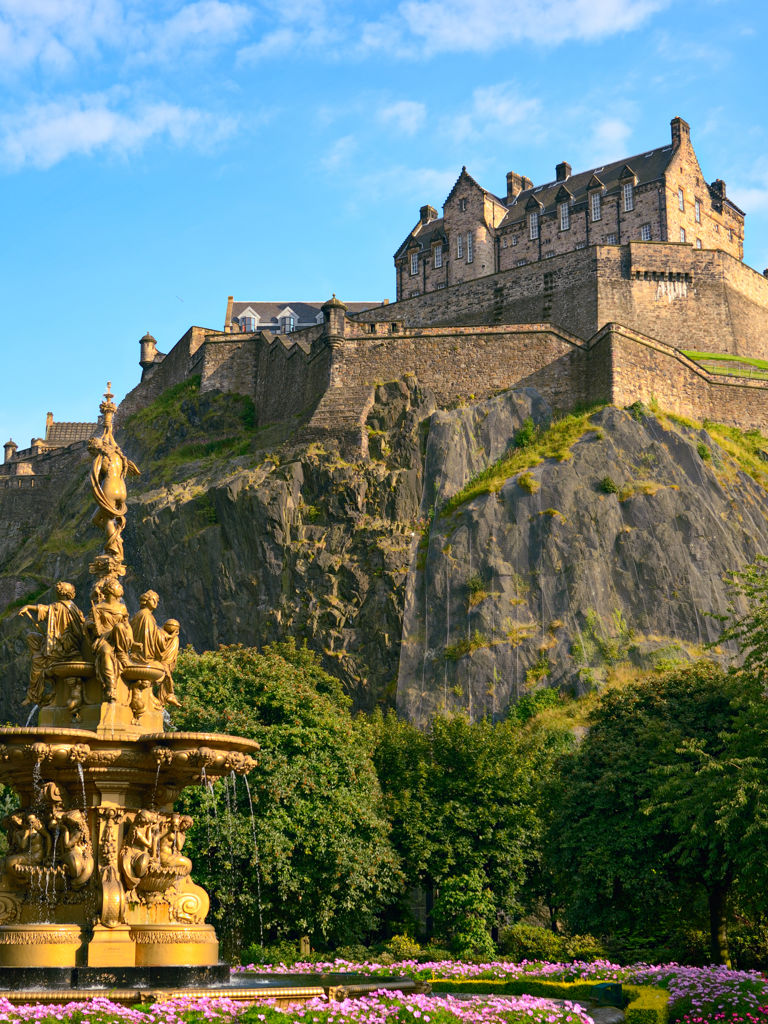
The history of Edinburgh Fringe
Discover the rich history, evolution, and enduring spirit of the Edinburgh Fringe Festival, where legends are born and creativity knows no bounds.

Discover the rich history, evolution, and enduring spirit of the Edinburgh Fringe Festival, where legends are born and creativity knows no bounds.
Directly facing the city’s famous castle, 100 Princes Street is the perfect place to stay when visiting Edinburgh.
Discover more